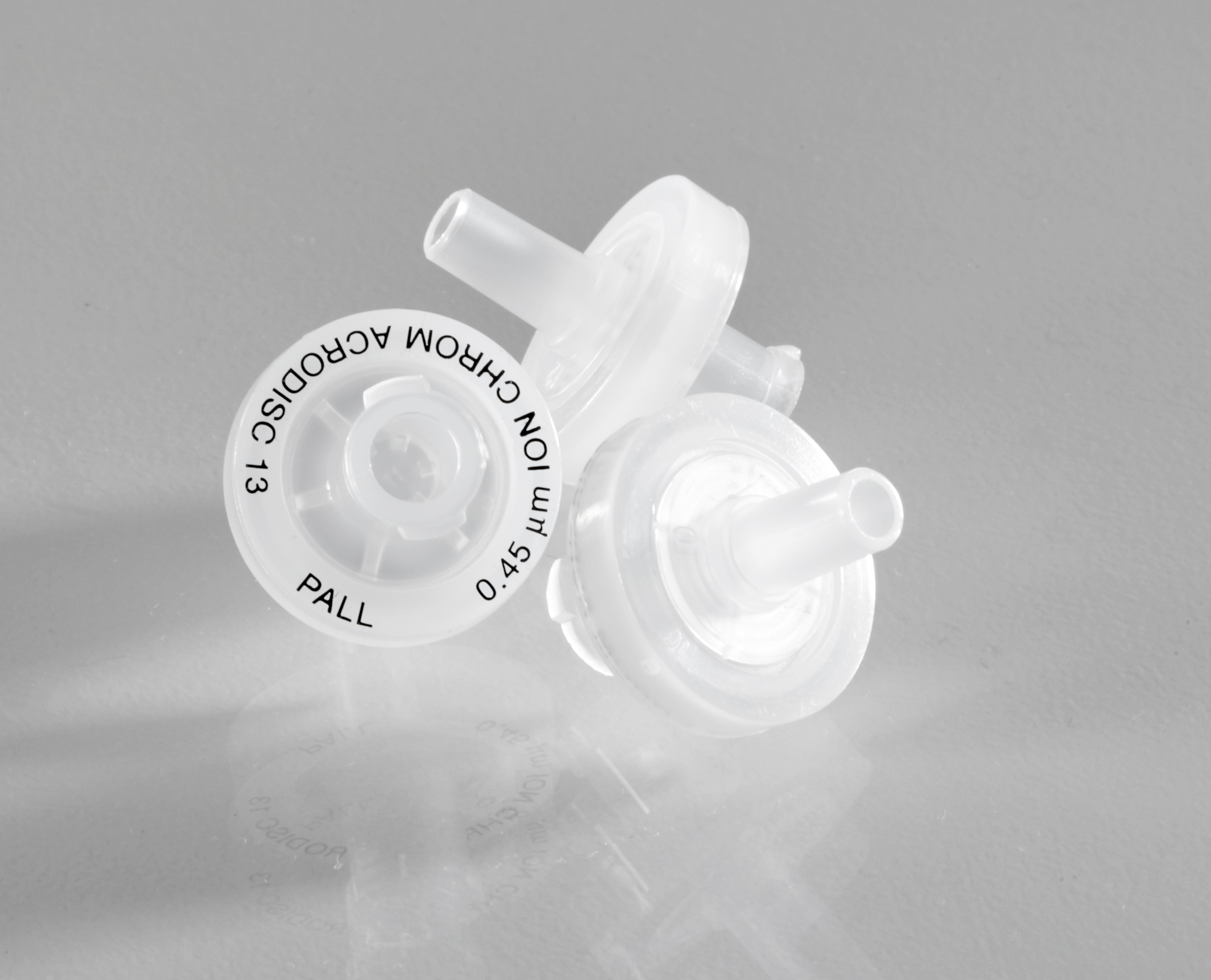Ion chromatography (IC) is a technique that combines ion-exchange separation, eluent suppression, and conductimetric detection. Conductivity detection is a convenient method to analyze multiple ions in the same sample injection. It measures a wide variety of inorganic and organic ions by conductivity, a universal property of ions in solution. Conductivity is simply related to the concentration of ionic species.
Instrumentation in IC is very similar to HPLC. The system uses an eluent reservoir (mobile phase), pump, sample injection device, and separation column to separate ionic solutes by conventional elution chromatography. The separator column contains ion-exchange material of opposite charge to the analyte. The eluent stripper, or suppressor, column follows next and contains ion-exchange material opposite in type to that of the separator column. The stripper column suppresses the conductance of the eluent electrolytes. This large capacity column is able to neutralize large volumes of column eluent to improve analyte detection limits. Suppression enhances the conductance of the separated ions as they are converted to highly conducting acid or base forms, which elute from the stripper in a weakly conducting background of deionized water or weakly ionized buffer.
Mobile phase and sample filtration can help protect the IC system from various particulate materials, reduces system downtime, extends analytical column life, protects the injection port, and improves the accuracy and reproducibility of final results.
Microfiltration products range in pore size from 0.1 to 5.0 μm. Larger pore-size filters (1 to 5 μm) typically function as prefilters for difficult-to-filter solutions. For standard HPLC and IC systems using columns packed with 3 μm or larger particles, the filtration industry standard is 0.45 μm for syringe tip filters and mobile phase membranes. For columns with smaller packing material, microbore columns, or microbial growth concerns, a 0.2 μm filter product is recommended.
From extensive validation with sample preparation products, chromatographers are realizing that not all filter membranes are of equal quality. Some quality criteria such as device appearance (attributable to the quality of the molding process), housing materials, and additives such as UV stabilizers or colorants are visibly identifiable. Other quality criteria, not as obvious yet potentially more important, deal with the membrane materials, which may include the membrane, prefilter, and support material. The membrane may potentially elute ionic materials during filtration (extractables) or absorb ionic species from the samples. Membranes should be tested in the actual application to evaluate the occurrence of these phenomena. Using IC certified products can add confidence to a particular analytical methodology.
IC Acrodisc™ syringe filters (Pall™ Life Sciences products) have been tested using a highly sensitive ion chromatography protocol to monitor inorganic extractables. And they are certified for low levels of inorganic extractables, with actual background levels of filter extractables for the first 1.5 mL of filtrate that typically are less than 50 ppb for nitrate and less than 20 ppb for chloride, phosphate, and sulfate.
The IC Acrodisc syringe filters are available in 13 mm and 25 mm diameters to suit the volume requirements of different sample sizes. Both syringe filters are available with either 0.2 µm or 0.45 µm membrane.
